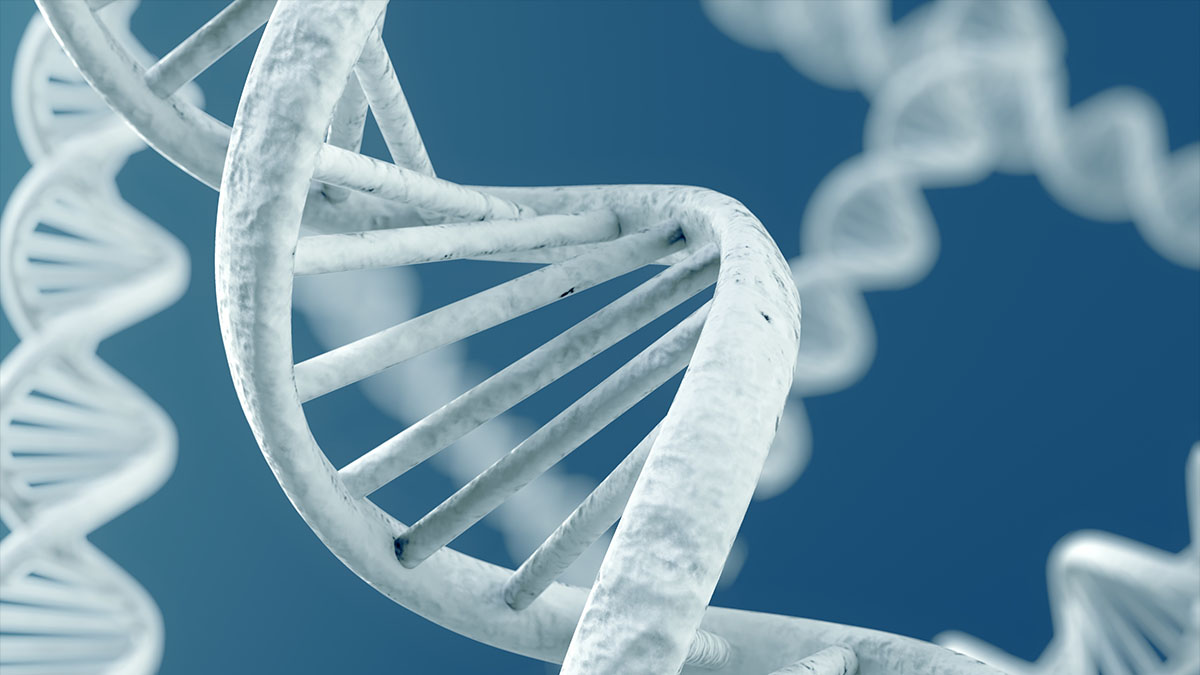does this chromosome come in a bigger size?

Here’s a challenge for you in your spare time. Take a molecule about two meters long, break it up into no less than 46 sections and fit it inside a cell about a trillion times. And don’t just cram it in there because that huge molecule still has to be able to zip and unzip to relay its commands to some of the cells’ organelles. Speaking of which, there has to be some room in the cells themselves so they can carry on with their normal functions. You’ll have to fit it in the nucleus which is about 0.01 mm across. What’s that you say? Just not possible? It will never work? Who could’ve come up with such a ridiculous idea? Nature. And interestingly enough, not only did this problem come up during the evolution of DNA, it was obviously solved too. But the big question is how…
Well, researchers at the Broad Institute used a new DNA sequencing tool which can detect which genes were bunched in the same area of the genome and which ones were further apart to get an idea of how the entire molecule is arranged in the nucleus, and think they have an answer. It turns out that inactive genes are being separated from active ones and the entire structure of the genome is compressed into a fractal globule. Due to the irregular but self-similar nature of fractals, these shapes allow for an amazing density and don’t require the molecule to tie itself into knots, which means that the DNA is still flexible. It’s not surprising that the DNA’s overall shape would be a fractal since these patterns occur in nature pretty much all the time, from a lightning bolt to snowflakes, and allow for a sort of organization in an otherwise chaotic collection of matter.
We should also keep in mind that a great deal of the genome doesn’t carry a code for a protein. Some of this non-coding DNA once encoded something and can even provide information for modern, active genes, while a notable but still unknown amount of it is junk left over from evolutionary processes or retroviral codes from the ancient past that stuck around for no particular reason other than that they weren’t malignant. A good portion of these fractal globules might never need to unwind, which make them an elegant solution for managing where and how a huge molecule gets stored in a very small space. And should an inactive gene deep inside one of the dense regions suddenly spring into action, the molecule will unwind enough to let it migrate closer to the active areas for improved efficiency.
Unfortunately, you just know that opportunistic creationists will want to use this new discovery as “even more evidence of design in DNA” since a molecule that encodes vital information for organisms is one of their most cherished arguments for some sort of designer or creator. Now, since it appears that DNA is also organizing itself, expect them to ask how could that happen without an intervention from above. The answer? Quite easily, actually. DNA as we know today is the result of several billion years of constant change and over all that time, it would’ve evolved a wide variety of ways to fit inside the small spaces it was given. Eventually, it began settling into a fractal globule and this useful method stuck around, passing on from organism to organism to this day when we can actually map how its arranged. And this is just the first step for studies that will aim to get a high resolution, three-dimensional map of an entire genome at work.
See: Lieberman-Aiden, E. et. al (2009). Comprehensive Mapping of Long-Range Interactions Reveals Folding Principles of the Human Genome Science, 326 (5950), 289–293 DOI: 10.1126/science.1181369





